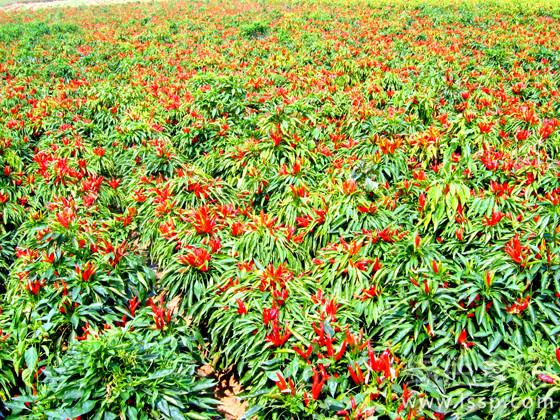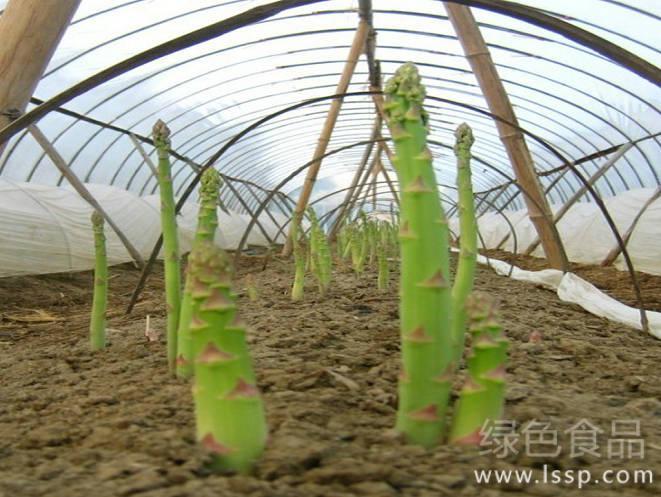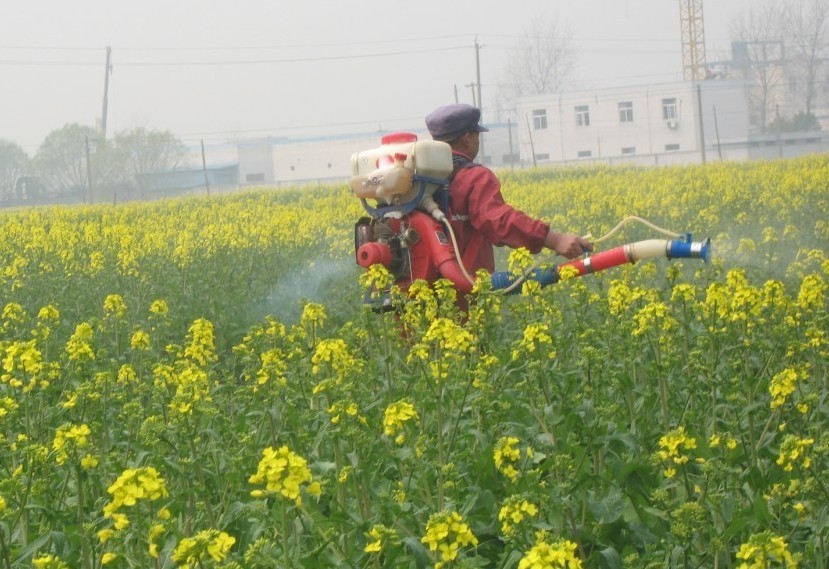How to control the "three falls" of hot pepper by reducing the yield by a large margin

pepper planting
The "three drops" of pepper occurred under different cultivation conditions, most of them were bud shedding in early stage, some were defoliation and fruit dropping in middle and late stage, which greatly reduced the yield.
1. Reasons for "three falls":
One is physiological reasons, including early sowing or anti-seasonal cultivation during the growth of the temperature can not be satisfied, especially when the ground temperature is lower than 18℃, the physiological function of the root system drops, 8℃ when the root system stops growing, plant growth stagnates, the temperature is lower than 15℃, although it can flower, but anther can not put pollen, resulting in flower drop. The temperature in the growing season is too high, more than 35℃, fertilization may occur after flowering, or the ground temperature exceeds 30℃, the root development is damaged, resulting in poor pollen development, all of which cause flower drop. During the growth period, it encountered continuous rain for a long time, insufficient light, excessive water, excessive plant growth, and reproductive growth disorder, causing "three falls".
The second is pathological reasons, pepper growth period, infected with scab, anthrax, virus disease caused by "three fall."
II. Preventive measures:
For the pepper "three drops" occurring in the growing season, the main causes of the disease should be identified first. For physiological reasons, such as high temperature, low temperature, excessive water, excessive plant growth, drought, etc., it is necessary to strengthen management to prevent and control them. Serious waterlogging open pepper, to eliminate water in time, to prevent waterlogging damage. By drought caused by falling flowers, leaves, to timely irrigation to increase moisture, to ensure the normal growth of plants. Because the density is too large, insufficient light, to adjust the density, pull out weak plants, do reasonable density planting, in order to facilitate ventilation and light transmission.
For pathological causes, the type of disease should be determined according to the symptoms of the disease, and the degree of disease should be ascertained so as to prevent and treat symptomatic diseases.
- Prev

Field management techniques of asparagus in winter to lay a good foundation for high yield
Field management techniques of asparagus in winter to lay a good foundation for high yield
- Next

Disease conditions and Control techniques of Sclerotinia sclerotiorum in Brassica napus
Disease conditions and Control techniques of Sclerotinia sclerotiorum in Brassica napus
Related
- Fuxing push coffee new agricultural production and marketing class: lack of small-scale processing plants
- Jujube rice field leisure farm deep ploughing Yilan for five years to create a space for organic food and play
- Nongyu Farm-A trial of organic papaya for brave women with advanced technology
- Four points for attention in the prevention and control of diseases and insect pests of edible fungi
- How to add nutrient solution to Edible Fungi
- Is there any good way to control edible fungus mites?
- Open Inoculation Technology of Edible Fungi
- Is there any clever way to use fertilizer for edible fungus in winter?
- What agents are used to kill the pathogens of edible fungi in the mushroom shed?
- Rapid drying of Edible Fungi

